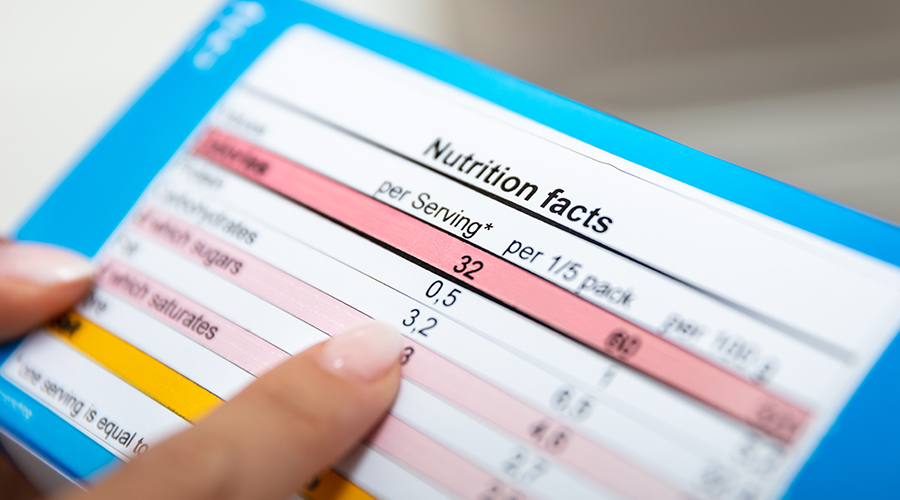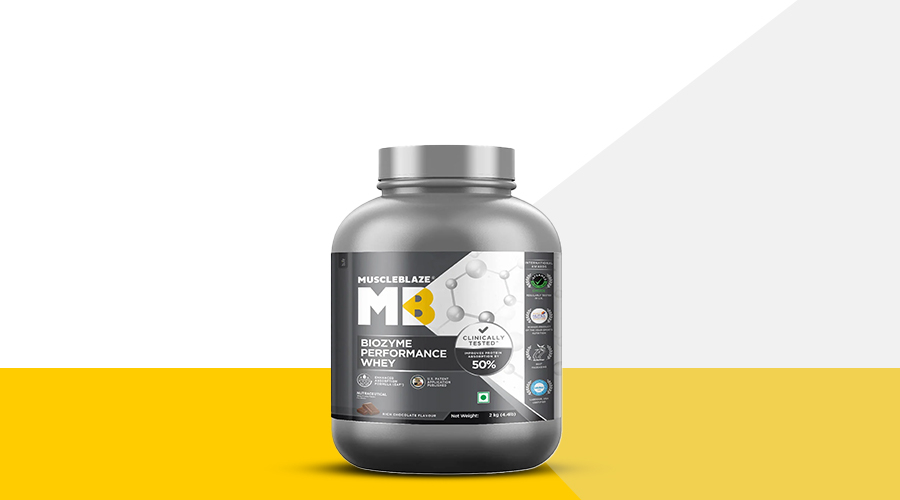How to Read Protein Labels & Make Better Choices
6 June 2024
Hello, health-conscious Ziddis! Are you feeling just as overwhelmed when making choices in the protein aisles? Choosing the best protein powder for your needs is important but it need not be so stressful. Just by understanding protein labels you can make smarter choices. Let’s discuss how to align your protein intake with your personal health goals. Ready? Let’s go!
Benefits of Protein Powder?
Everyone has specific health goals. Protein powders are an excellent supplement for any type of fitness journey, be it losing weight, gaining muscle mass or just maintaining a healthy lifestyle.
Adding protein powder to your regular diet plan as a pre-workout or post-workout might be a quick, easy and a very accurate way to increase your protein intake. It’s frequently used to promote muscular growth, healing, and recuperation—particularly following exercise. The multi-versatile use of protein is simply important for the basics of workouts like:
- For Repair and Muscle Growth: Building and mending muscles requires protein. Fitness enthusiasts and athletes swear by it for this reason!
- For Managing Your Weight: Protein prolongs feelings of fullness, lowering appetite and assisting with calorie management.
Read Protein Labels, Properly!
It can be confusing to choose the right protein partner for your workout when there are so many products in the market promising to do just that. This is the time to learn how to read labels to make a choice that’s right for you!
Protein labels are detailed information panels found on protein powder containers.
Read Also: How to Maximize Your Protein Digestion and Absorption?
Why Protein Labels Are Important
Protein labels may feel easy to ignore across the shiny packaging but they are the only thing one should notice in the packaging if they are serious about their fitness journey. Don’t look at it as information overload because they will help you in:
- Making Informed Decisions: With complete knowledge of what you’re eating, you may choose foods that support your personal health objectives.
- Avoiding Allergens: Examining the label might assist you in avoiding components that may trigger allergic reactions if you have any.
- Choosing a Cost-Effective Option: Examining serving sizes and net weight together guarantees that you will obtain the best deal possible.
- Matching your nutritional intake with your fitness objectives: Labels share important information about what you’re putting into your body. After all, your body is your temple and you should *really* know what you’re feeding it, right?!
Here is what you need to look out for in the protein labels:
1. Serving Size
The serving size gives you information about how much of the product is needed for one serving. This amount sets the context for all the other information on the label. So, always check the serving size first!
Example:
- Label says: Serving size: 30g (1 scoop)
- You use: 2 scoops
- Calories per serving: 120
- Total calories you consume: 240
2. Net Weight of the Product
The net weight tells you the total weight of the protein powder in the container. This makes it easy to estimate how many servings you get in one package and how long the packet lasts according to your intake. Knowing the net weight can also help in comparing different brands and deciding which one gives you the best deal.
3. Reading Nutrition Facts
Think of the nutrition fact section as the treasure map of the protein label. It has some essential information some of which is:
- Total Calories: This tells us the energy you get per serving to help you manage your daily intake.
- Protein Content: This tells us how much protein you can get per serving (which is the point of protein powders).
- Carbohydrates and Sugars: This section is important to notice if you’re cutting down your carb intake. Less sugar is usually better.
- Fats: The amount of total fats, saturated fats, and sometimes trans fats mentioned on the label helps in making the right choice especially if you’re following a low-fat diet.
- Vitamins and Minerals: Some protein powders are filled with extra nutrients & essential vitamins and minerals, which is a bonus for overall health.
Here are some red and green flags you should notice in your protein powder’s ingredient list:
| Green Flags | Red Flags |
| Whey protein isolate, cocoa powder, natural flavours. | High fructose corn syrup, artificial colours, too many preservatives. |
| High-quality protein sources like whey isolate, whey concentrate, or plant-based proteins. | Too many fillers, artificial sweeteners, or additives. |

Whey Protein Benefits
We’ve got you. Whey protein is not just another one of the hyped-up words in the nutrition world. It stands true to its hype making itself your best buddy in your fitness journey. Whey protein is like a muscle-building powder made from leftover milk used in cheese. It’s good for bulking up and even keeps you healthy! It is quick to absorb in the body and contains all essential amino acids making it the favourite protein source choice.
Whey Protein Powder Benefits
- Whey Protein Isolate: Ideal for people seeking less fat and carbohydrates and more protein.
- MB Biozyme Whey Protein: For those looking for better protein absorption, we can suggest Muscle Blaze Biozyme Whey Protein as a standout choice. Don’t just blindly trust! Now that you know how to read labels you can check it out for yourself. Its patented MB Enzyme Pro formulation makes sure that there is 50% better protein absorption compared to generic brands in the market. This formulation maximizes the effectiveness of the protein intake and supports quicker muscle recovery. This makes your overall performance better.
- Cost-Effective Choices: Evaluate costs and select an item that fulfills your spending limit without sacrificing excellence.
- Local Availability: Look for protein powders that are easily available in local markets or trusted online stores.

Final Words
At first, understanding and reading protein labels can seem difficult, but if you know what to look for, it’s very easy. You may make better decisions and support your health goals by just investing a few seconds by taking a look at the protein labels. By knowing what you need and what you are putting into your body you make well-informed choices today and have a healthier tomorrow. Cheers to your protein quest!
Sources:
https://www.fda.gov/food/nutrition-facts-label/how-understand-and-use-nutrition-facts-label
https://biocityhealthcare.com/empower-your-eating-a-guide-to-reading-food-labels-for-better-choice









 100% Safe & Secure payments:
100% Safe & Secure payments:




